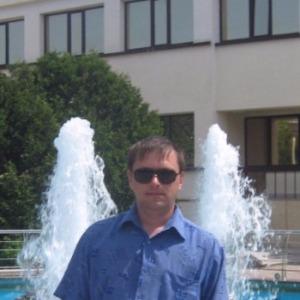 John Crary May 3, 2017 12:34 | Proposal contributor Just discovered reference 2 where the following comment by Neil J. Cornish was encountered regarding the LaGrange L1 point stability as "“a satellite parked at L1 or L2 will wander off after a few months unless course corrections are made”. Although this does not indicate a completely stable L1 position it certainly does provide a reference value for understanding requirements for concept viability. |
 Maksim Kovalevich Sep 19, 2017 04:21 | Can it be more effective to apply a large amount of lunar dust?
|
 John Crary Sep 20, 2017 08:50 | Proposal contributor Thanks for your comment. If the dust was orbiting the moon it would only result in additional cooling when the moon gets between the sun and earth, during solar eclipses. This does not happen very often, that's why I say this should be done in the sun-earth L1 orbit where the gravity between them is balanced, this provides a semi-stable position in space that would block the sun all the time to cool the planst. Lots to consider but recently read something about NASA working on space construction which sounds very interesting for this idea. |
